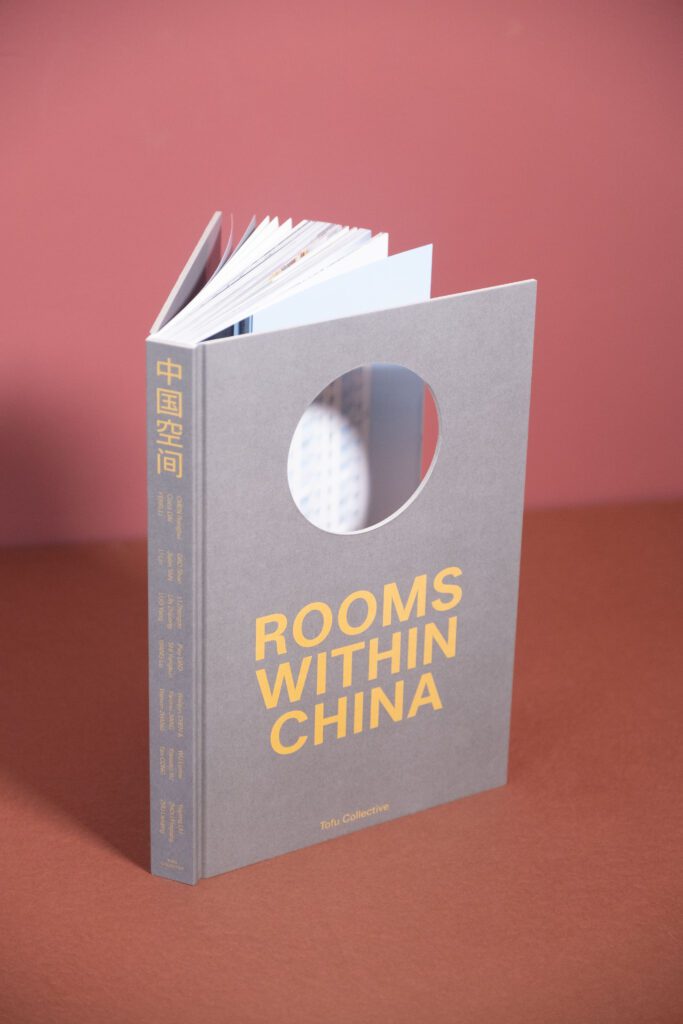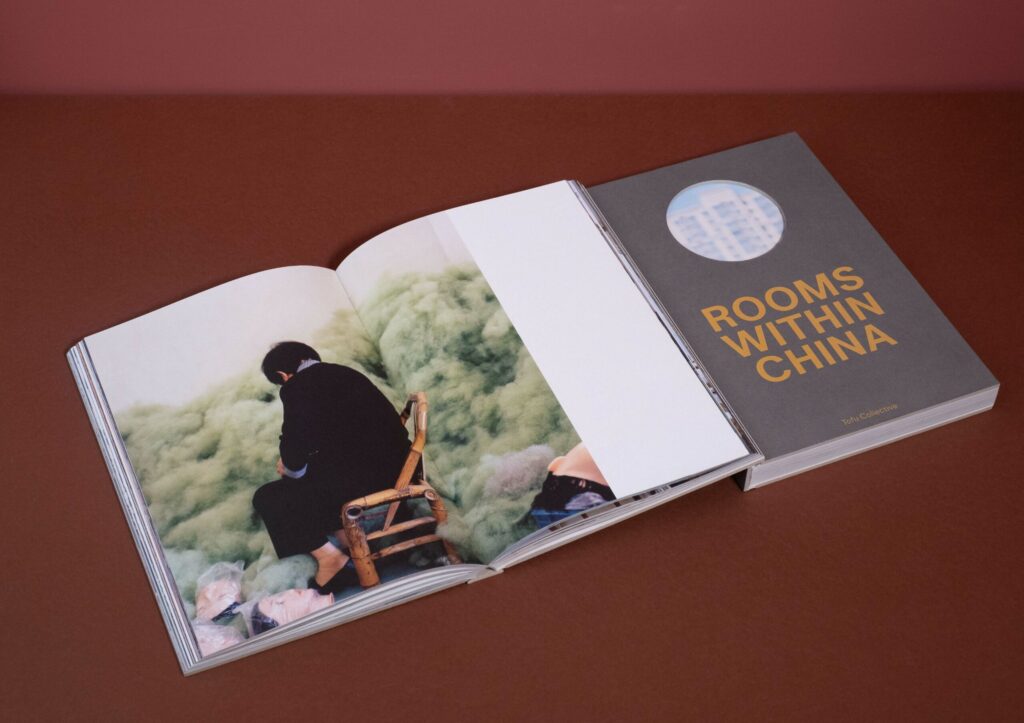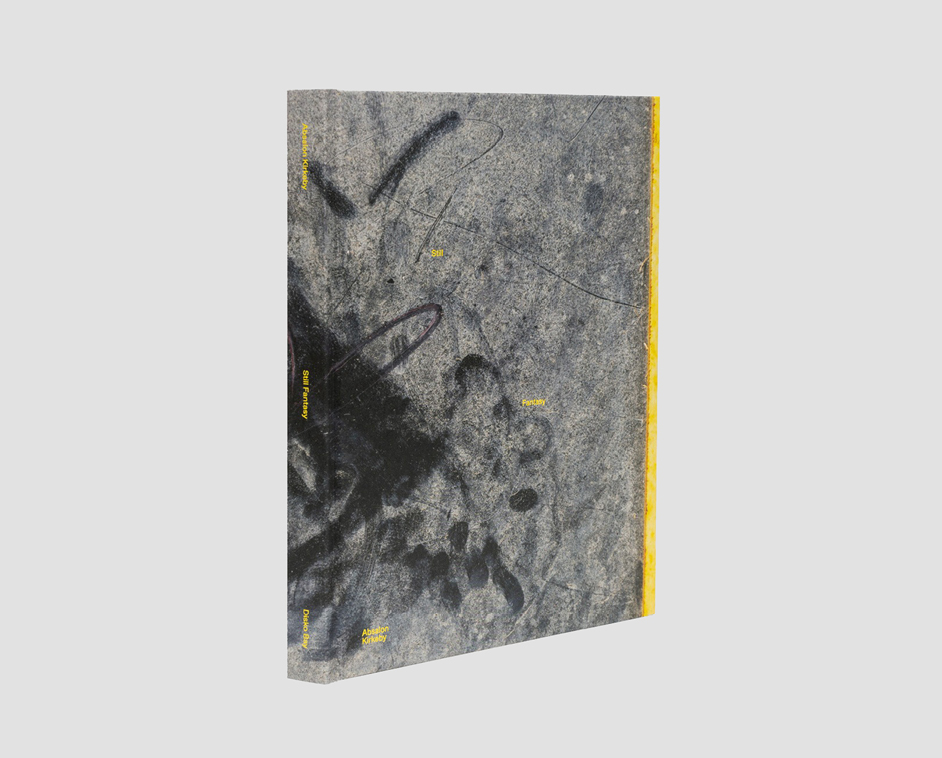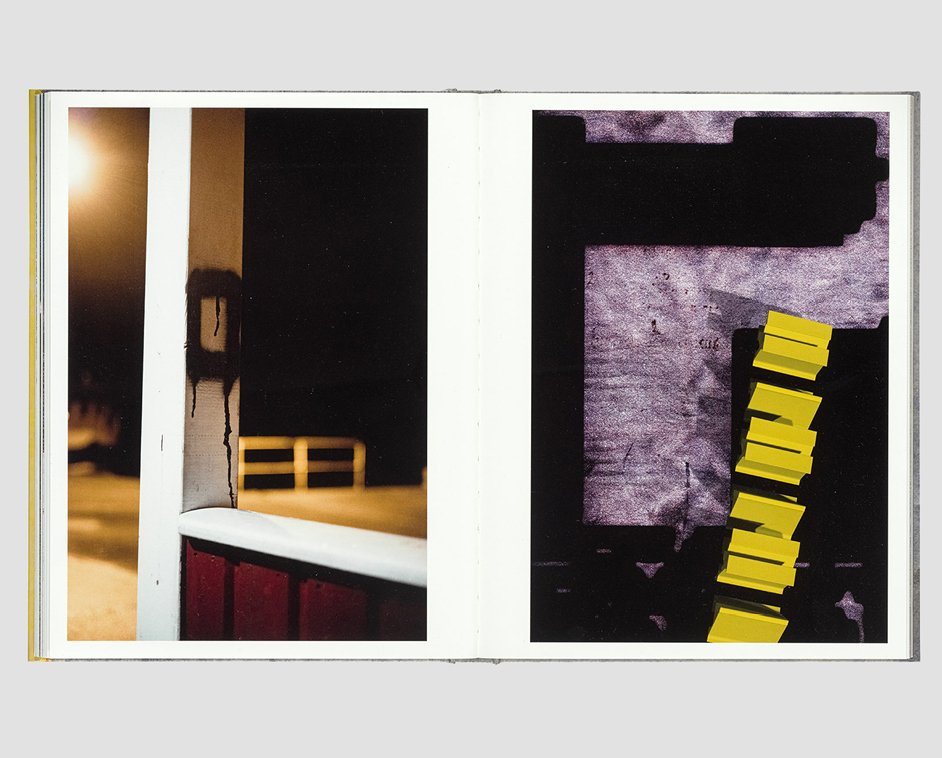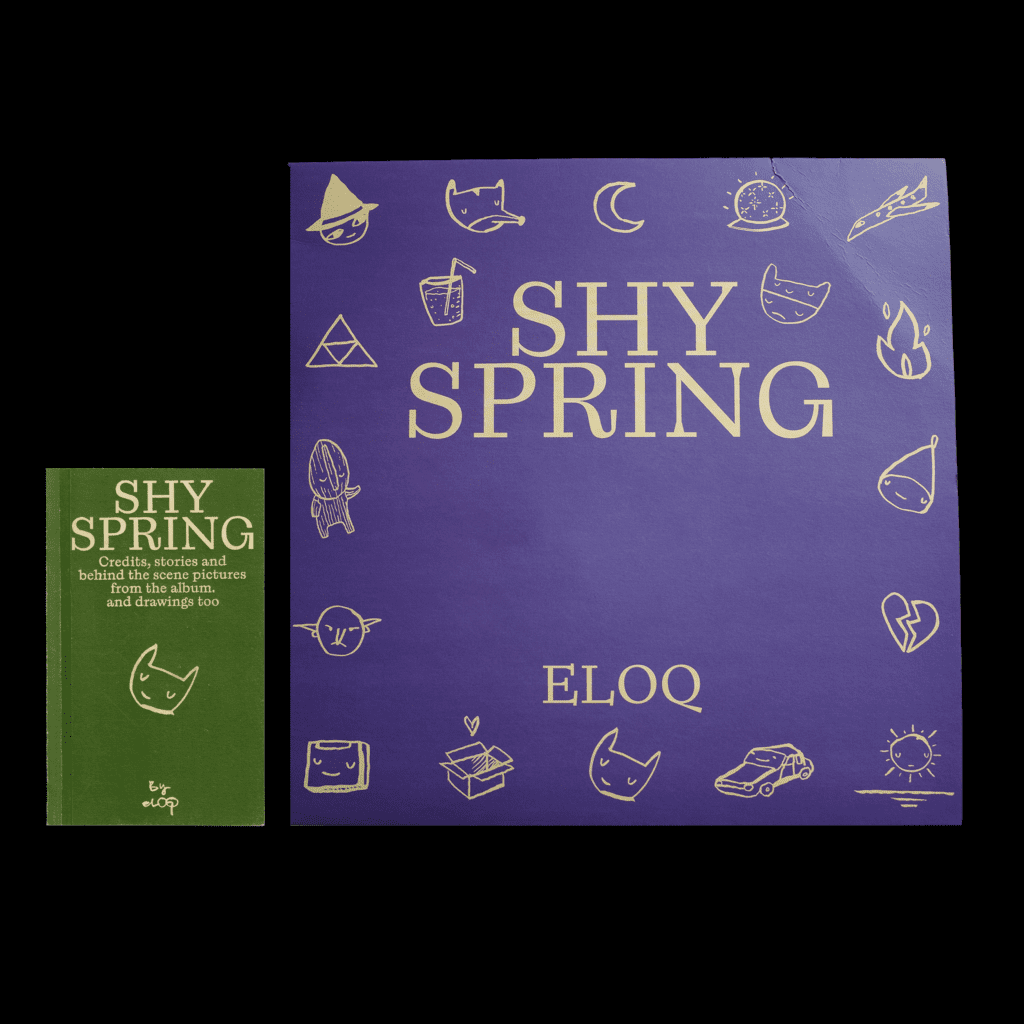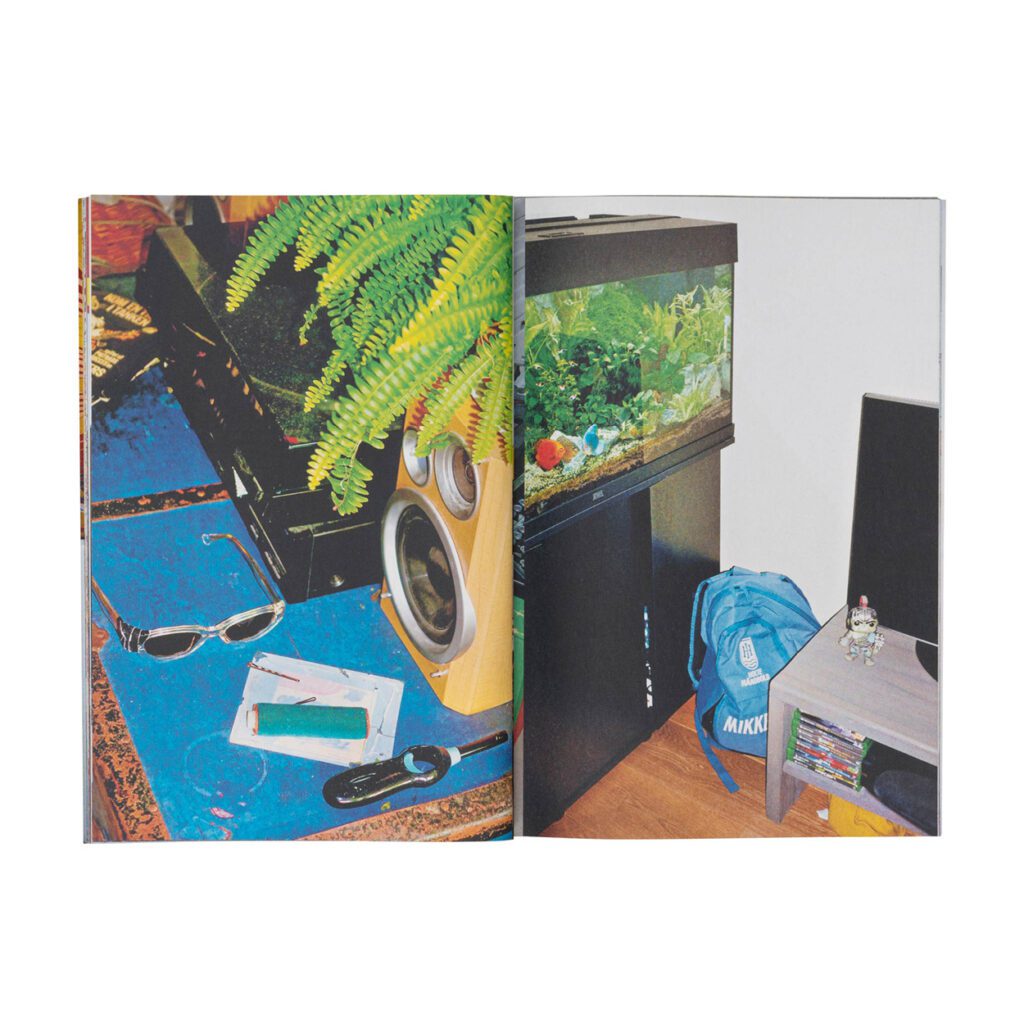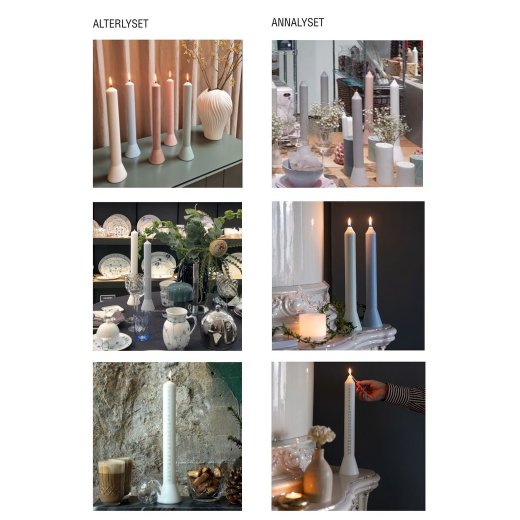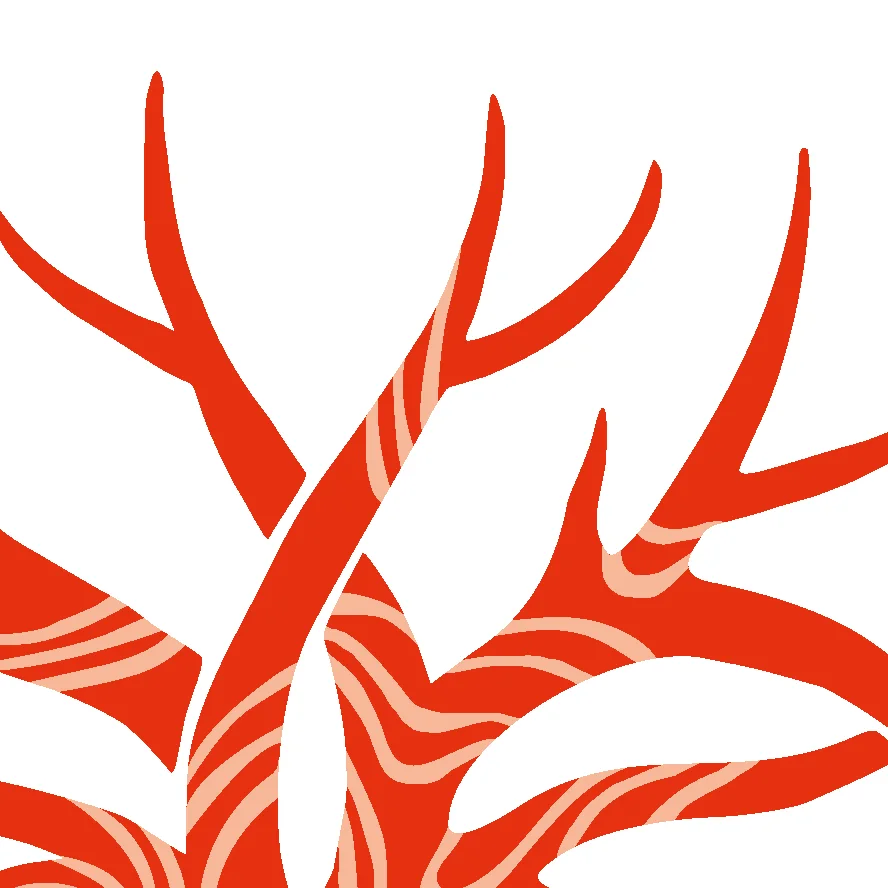The book has to have a reason to be a book
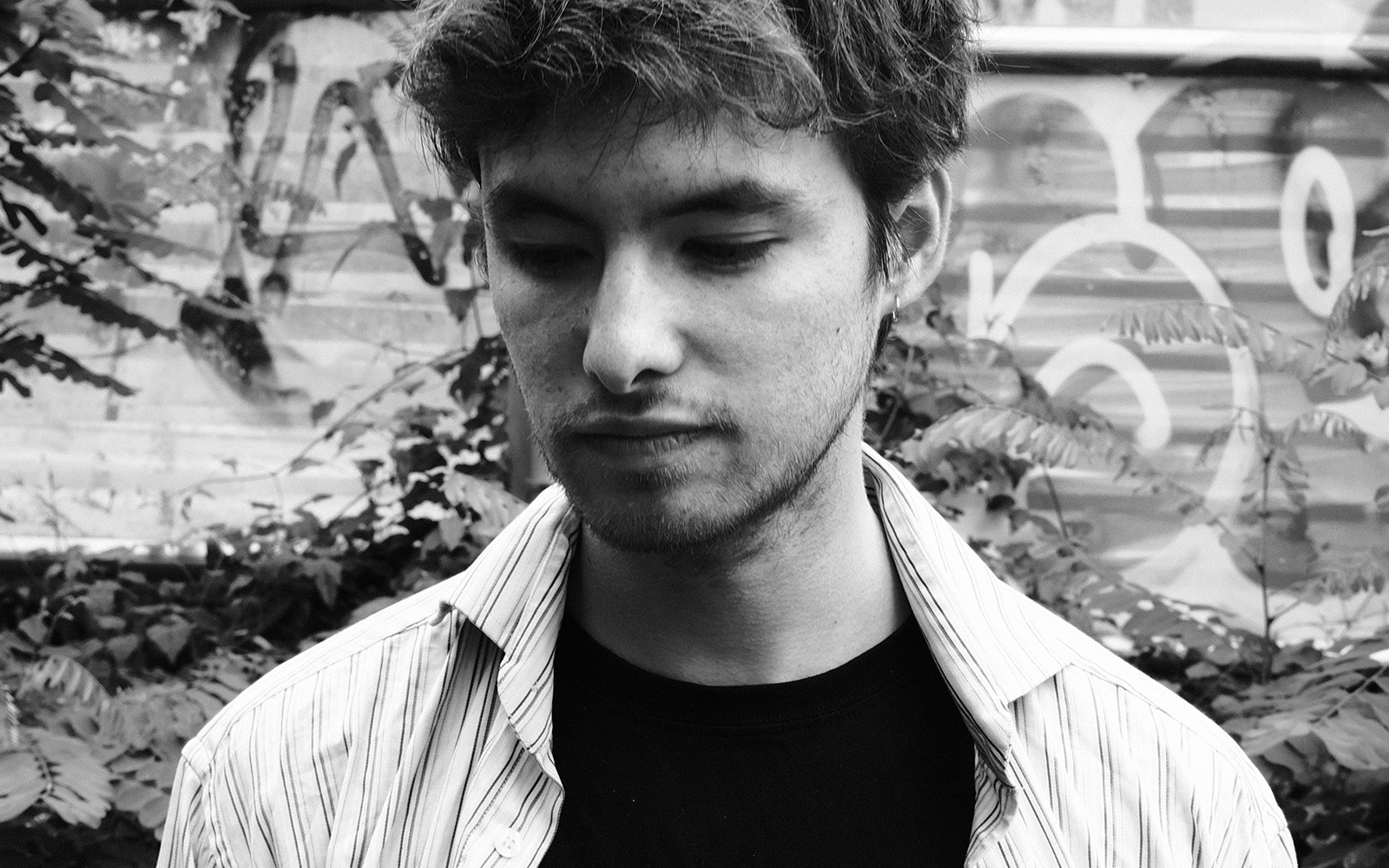
Young Danish book designer, Louis Montes, has made quite a splash lately with his unique and creative exploration of the book as an object. Recently, he was awarded a bronze medal in the prestigious international "Best Book Design from all over the World" hosted by Stiftung Buch Kunst in Germany.
14.09.2023
Montes almost stumbled into his career. He and a group of friends were into photography and wanted to make photo books. Since no one knew how to do graphic design, it became his role, and he quickly developed a taste for it. Not coming from a design background, he felt like somewhat of an outsider at first KEA and later The Royal Academy, where he pursued his studies. He hadn’t had years of training or been to the right folk high schools to prepare for his studies. He was almost a blank page. But in a sense, this also allowed him to find his own way. Not knowing the families or styles of design and not adhering to a school of thought or categories of style allowed him to explore with an open and questioning mindset.
Studying design, he saw the fractions between design as a craft and design as a more academic discipline first-hand. But maybe it is not either or, maybe we need both elements in there, he says, reflecting:
“There were a lot of deep discussions about what design is, and many of us were expecting something less academic and more craft-oriented. It was both a confusing and also exciting time. For me today, it feels like we really need both. You can always make something pretty and apply that to everything. But I think both myself and a lot of my fellow students came to the conclusion during our studies that design is something more profound – a conversation between the problem at hand and how you use your craft to develop something that is not just pretty but meaningful.”
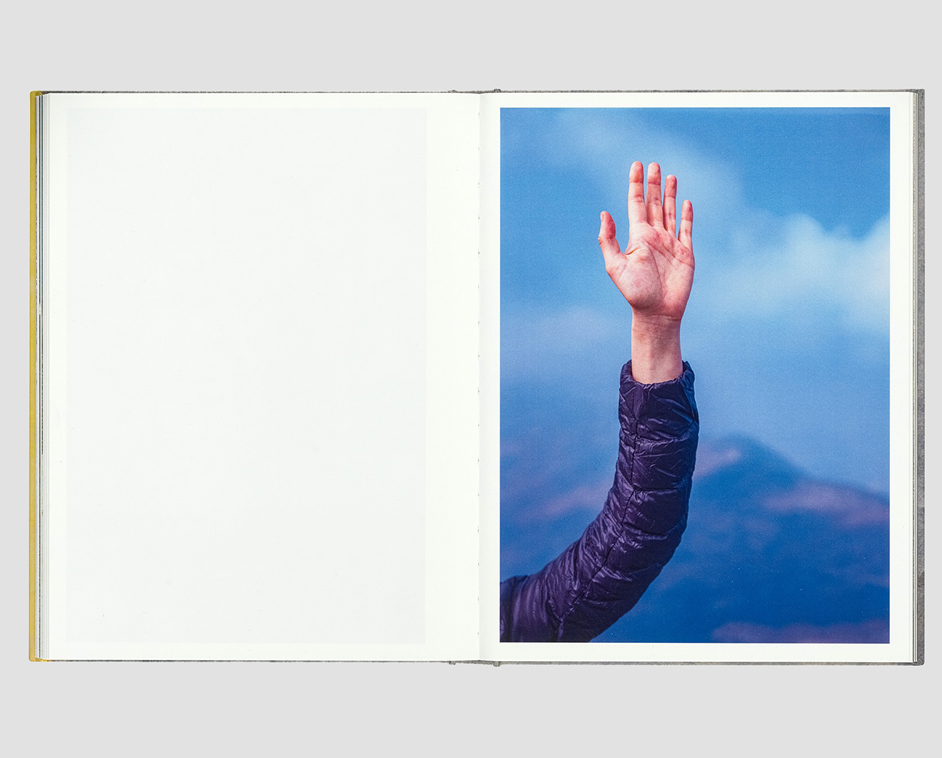
For a long time, Montes thought that he needed to develop a particular style and find a place to belong, not only for himself but also to make his service more transparent to his customers. By having a specific style, they would always know what kind of product they would end up with, making it much easier commercially to get and retain customers. The only problem with that was that it felt somewhat empty to Montes. Every project like yet another beautiful wrapping without genuinely engaging with the subject matter.
If you look at the amazing work of Irma Boom, I was thinking, “I want to be like that. I want people to recognize my work as a Louis Montes”. I thought that was the path I had to take. But looking back on that, I think every designer finds their own way of being themselves. And I must find mine, not replicate Irma. Instead, I began to focus on the fact that none of my projects looks the same because I am not trying to apply a style or a personal agenda to it but to figure out why the specific book has to be a book.
I was thinking, “I want to be like that. I want people to recognize my work as a Louis Montes”. I thought that was the path I had to take.
His curious and questioning design poetics might not be an advisable branding strategy or good for business because it requires a lot of curiosity and openness from the clients, never really knowing what they are getting but willing to go on an explorative journey together with the designer. But his curious design approach is both old and points to the world of tomorrow, where we must rediscover a more respectful and humble way of interacting with materials. It stresses interaction and material engagement rather than dominance. It sees the designer as a servant rather than as a master. As such, the design process is also about removing the designer’s ego from the equation, truly asking what the material calls for.
Two significant experiences fundamentally changed his mentality and led him to his current practice. The first was an eye-opening internship at Shibuya in Tokyo, Japan. “They beat me up,” he half-jokingly says as his thoughts return to his training, where he learned to work incredibly hard and take every aspect of design deeply seriously.
The other experience was when one of the “heroes” of book design, Joost Grootens, was teaching at the Royal Academy. Eager to extract all the knowledge possible, Montes asked about how to find and define your own style and apply it to the project at hand, but Joost refused downright to go down that route. Instead, he just said: “Louis, the book is an object. You should treat it like that.”
In those two sentences, combined with the work ethics and humility learned in Japan, Louis Montes found the roots of his design poetics.

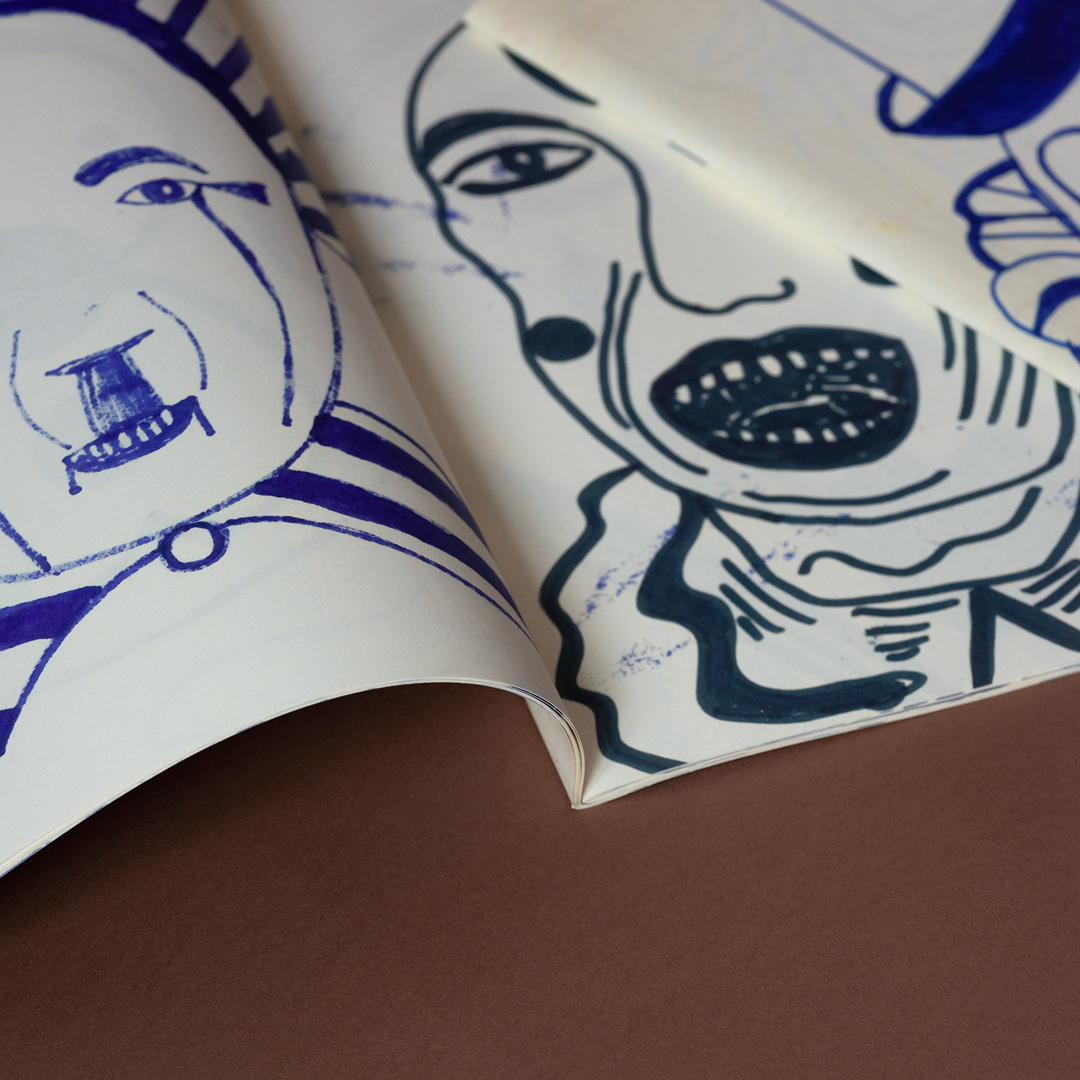
Looking at both the design sector and the publishing industry, he calls for a change:
“It seems that the biggest publishing houses are often doing a disservice to the book as a medium, caring little about the tactility of the reading experience. By failing to take the format seriously, the publishing houses are embracing a practice that feels slightly toxic for the future of books.
By failing to take the format seriously, the publishing houses are embracing a practice that feels slightly toxic for the future of books.
He sees the same problem looking at the field of graphic design in Denmark. According to Montes, a few big players are doing stylized, commercial work, thus often overshadowing the smaller, more experimental explorations. He is not so worried about his niche as a book designer as he is concerned about society’s connection to its cultural history and its ability to move beyond standardizations and fixed categories. New stories and new histories emerge by moving beyond the well-known, beyond the style and ego of the designer, engaging in explorative material object encounters.
Facts
Louis Montes, b. 1995
Education
KEA – E-Design
The Royal Academy – Visual Communication
Awards
2023 Working grant for New Talents by the Danish Arts Foundation
2023 Bronze winner of ‘Best Book Design From All Over The World’ by Stiftung Buch Kunst.
(:Snow, :Sailaway, :KLOVN & :MUSHROOM, Tal R)
2023 Most Beautiful Danish Book (:Snow, :Sailaway, :KLOVN & :MUSHROOM, Tal R)
2021 Most Beautiful Danish Book (BLITZKRIEG)
2021 Shortlisted for ‘Space on Paper’ by Jimei x Arles International Photo Festival, Three Shadow Photography Art Centre (ROOMS WITHIN CHINA, Tofu Collective)

